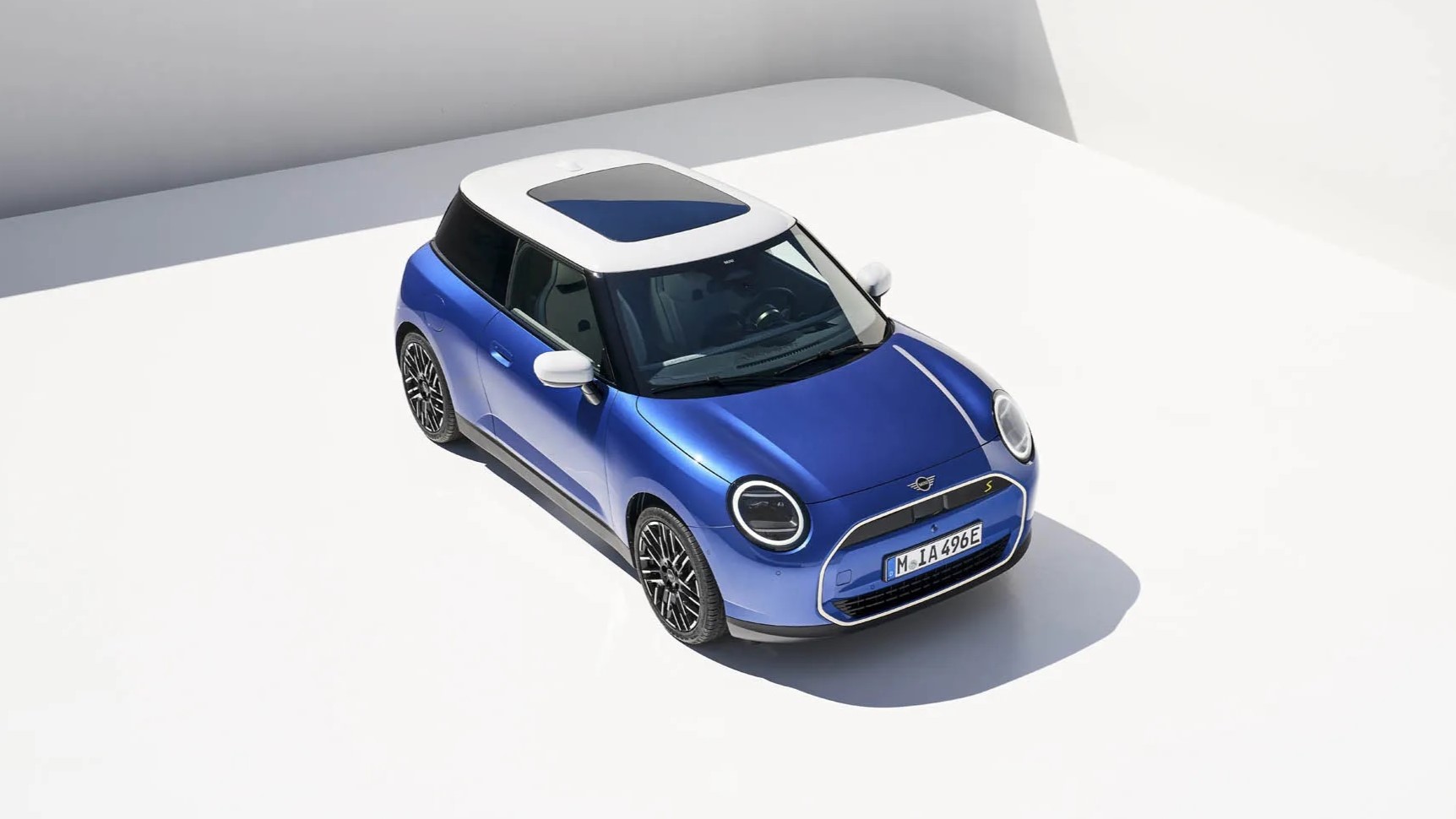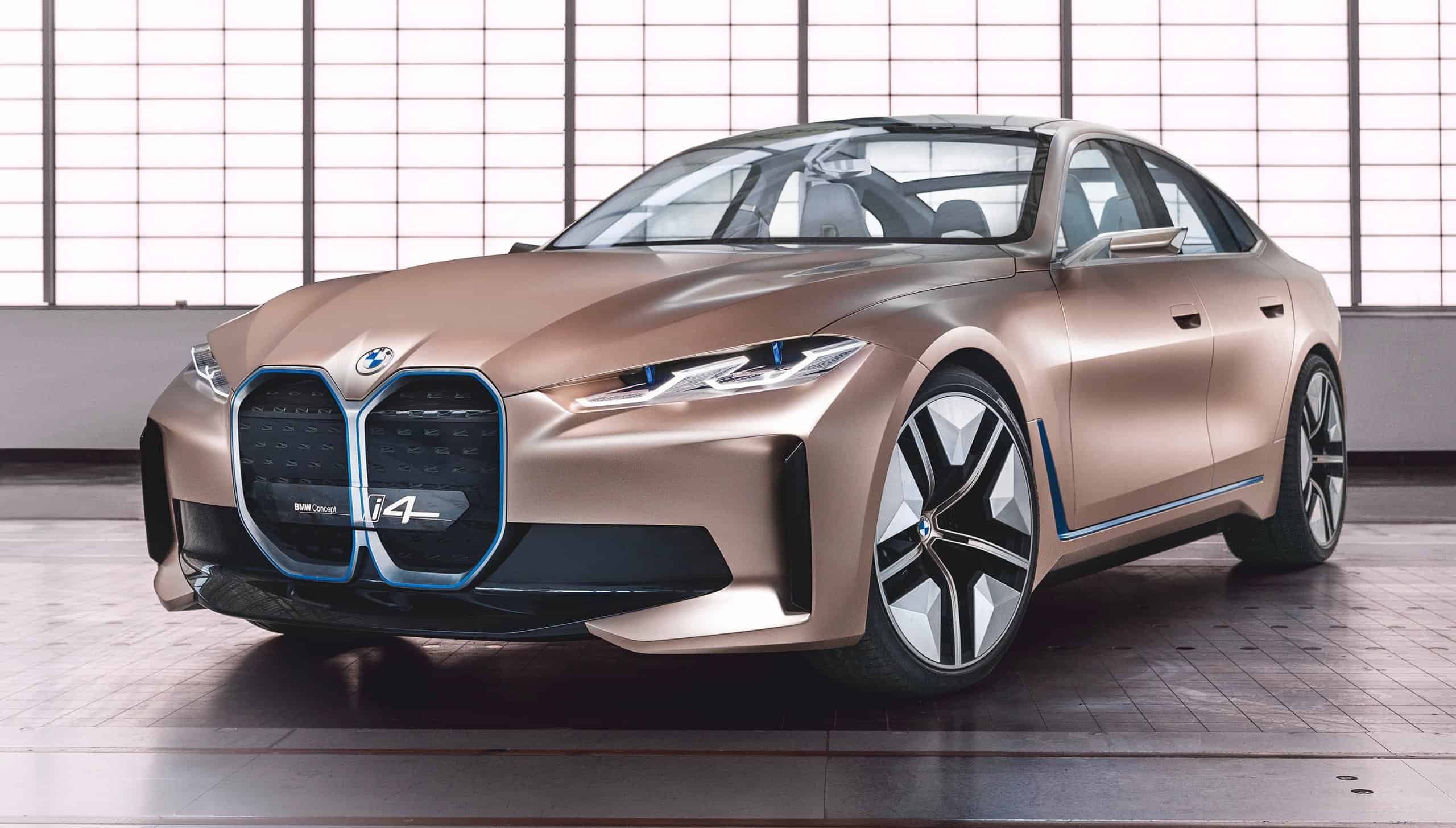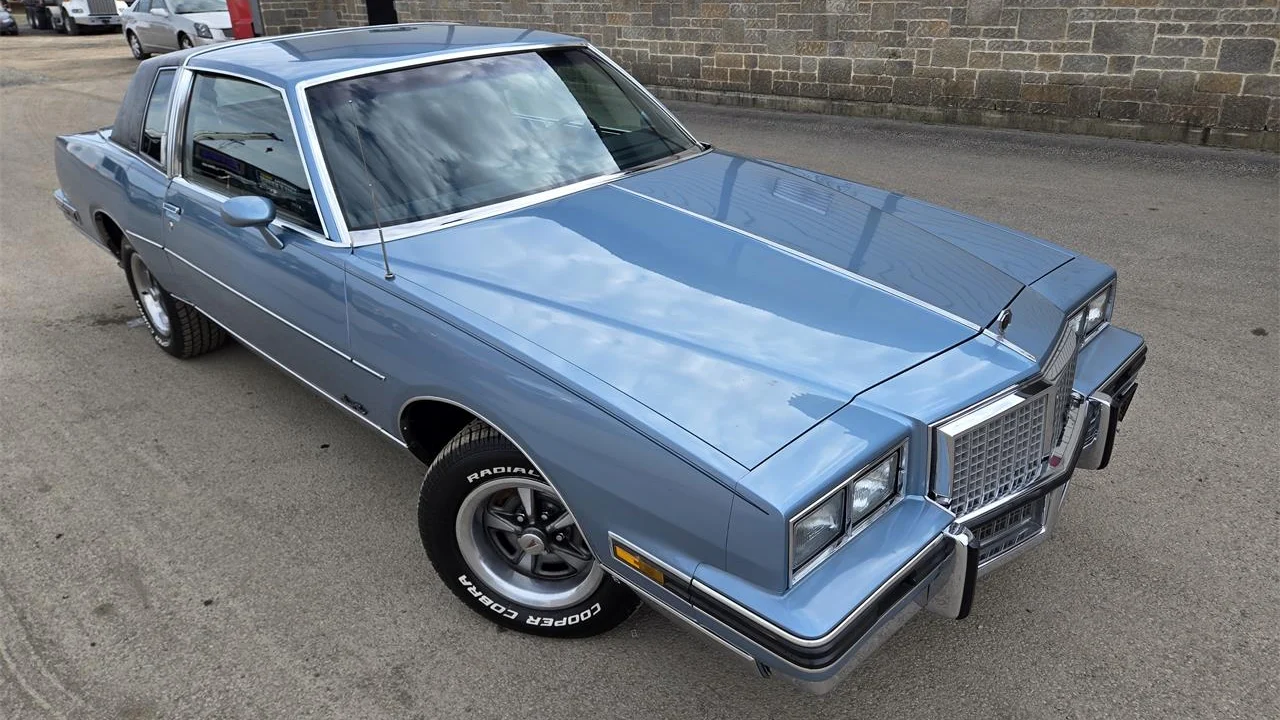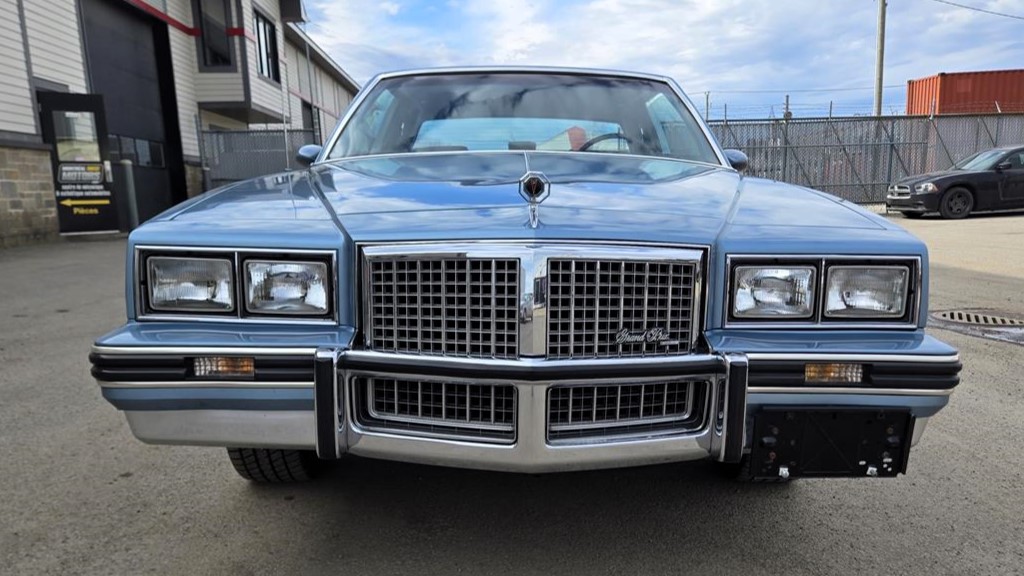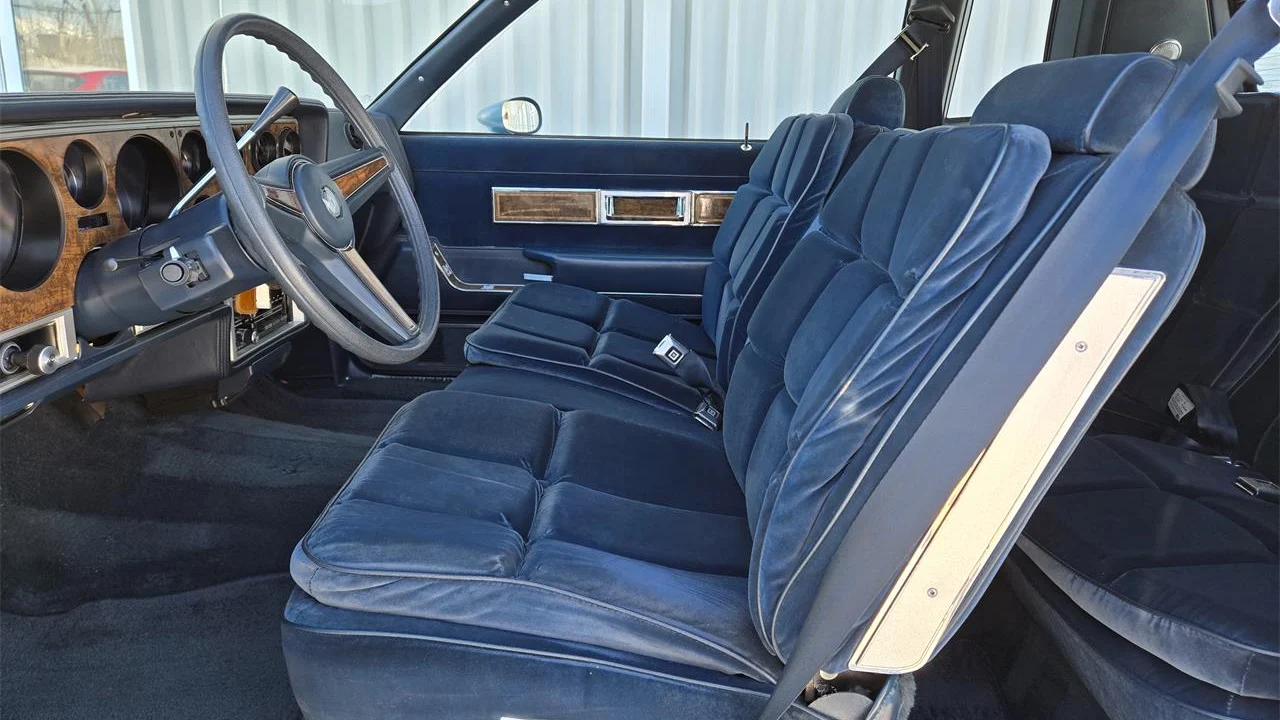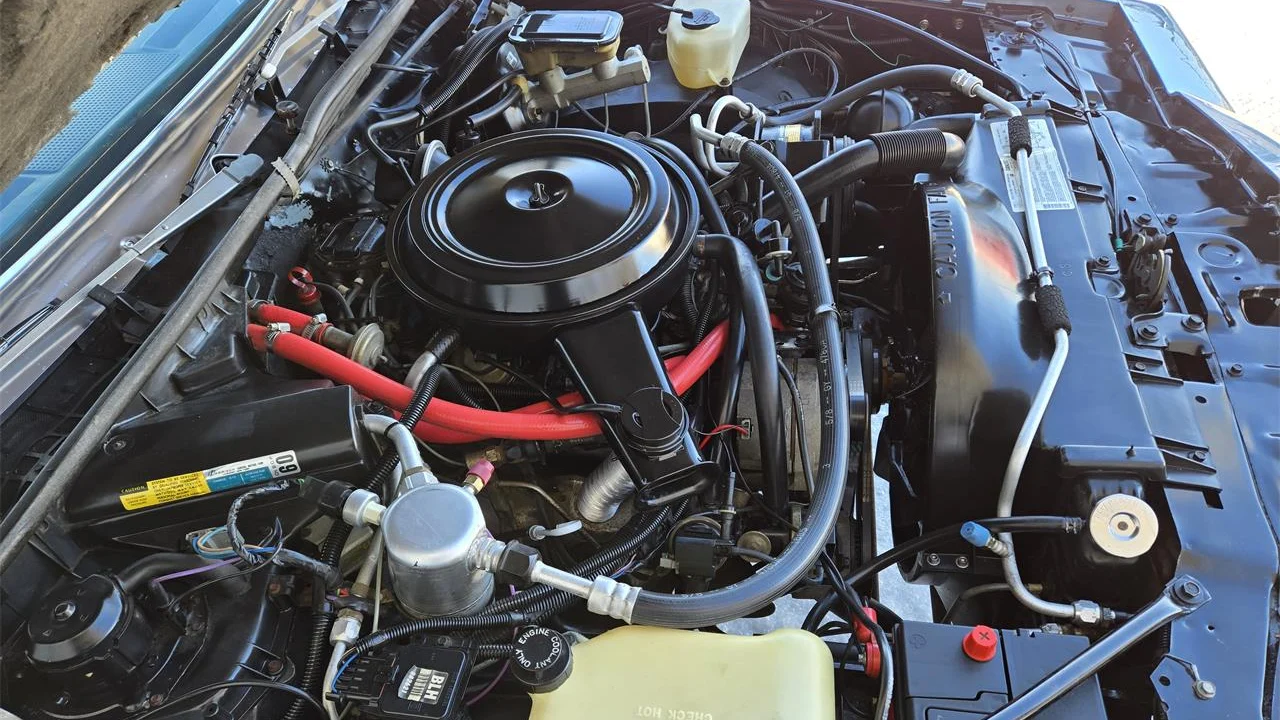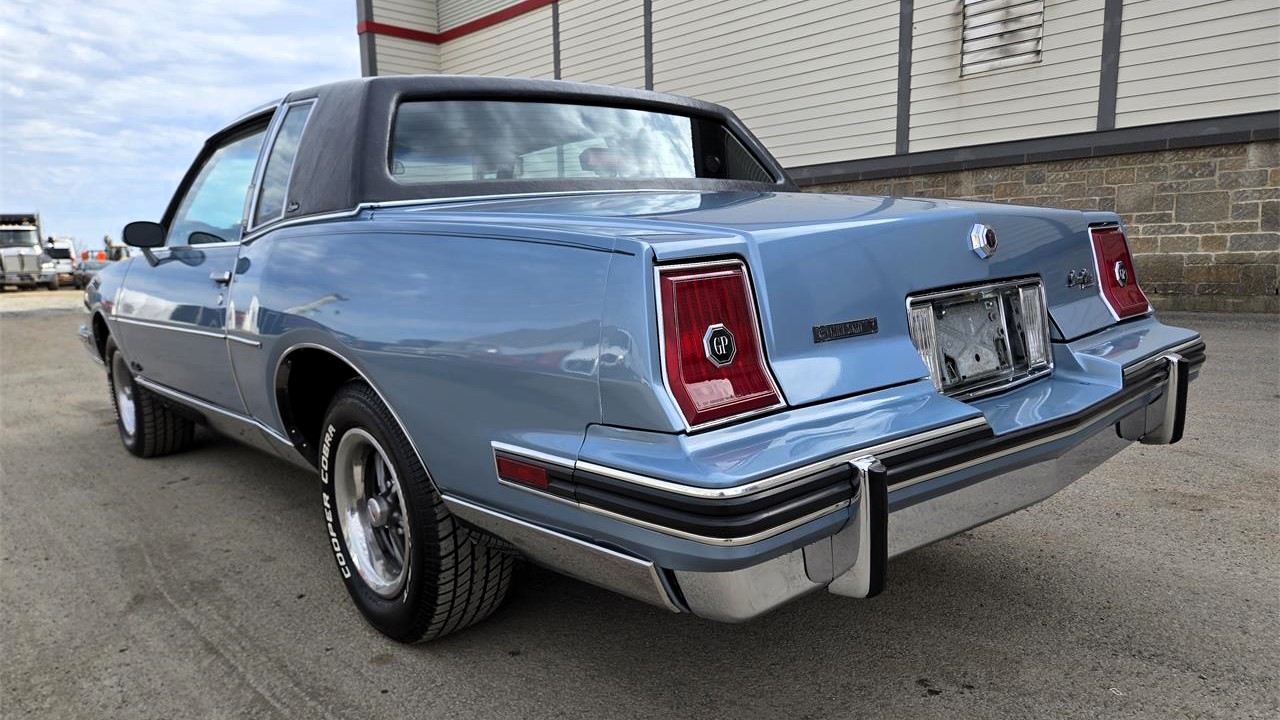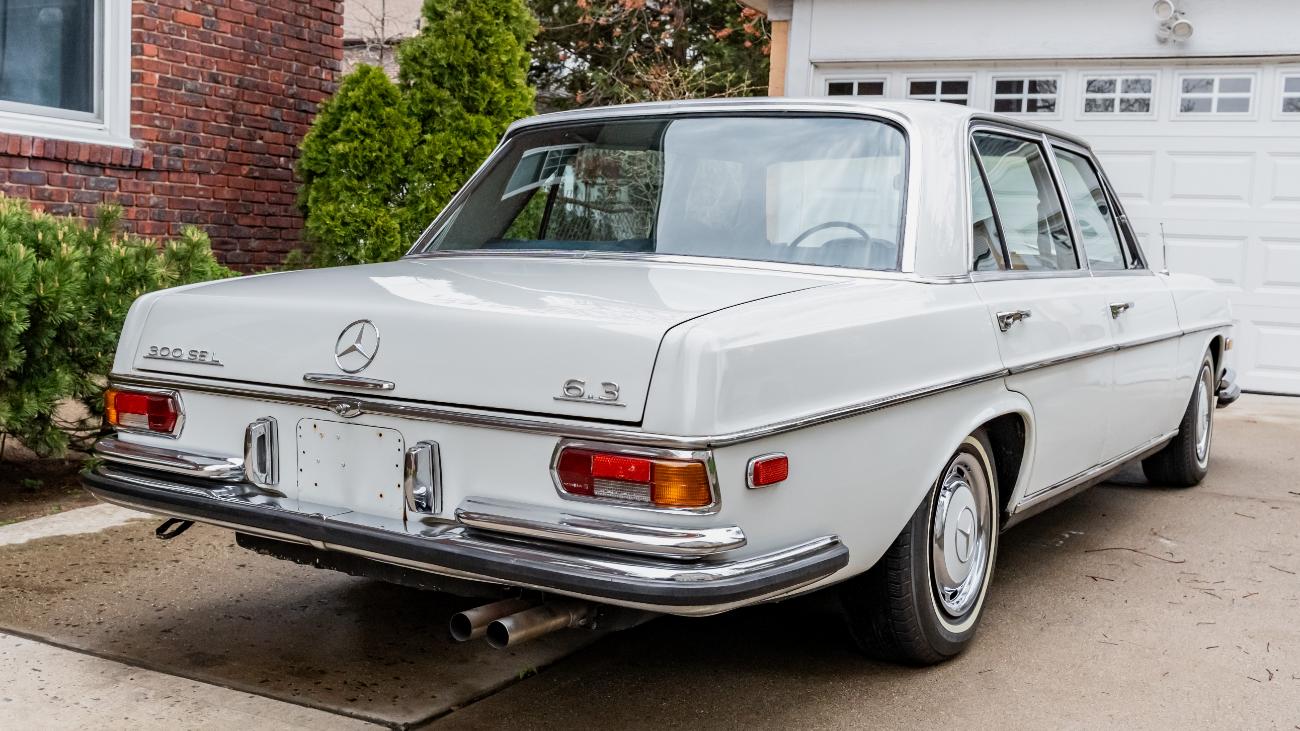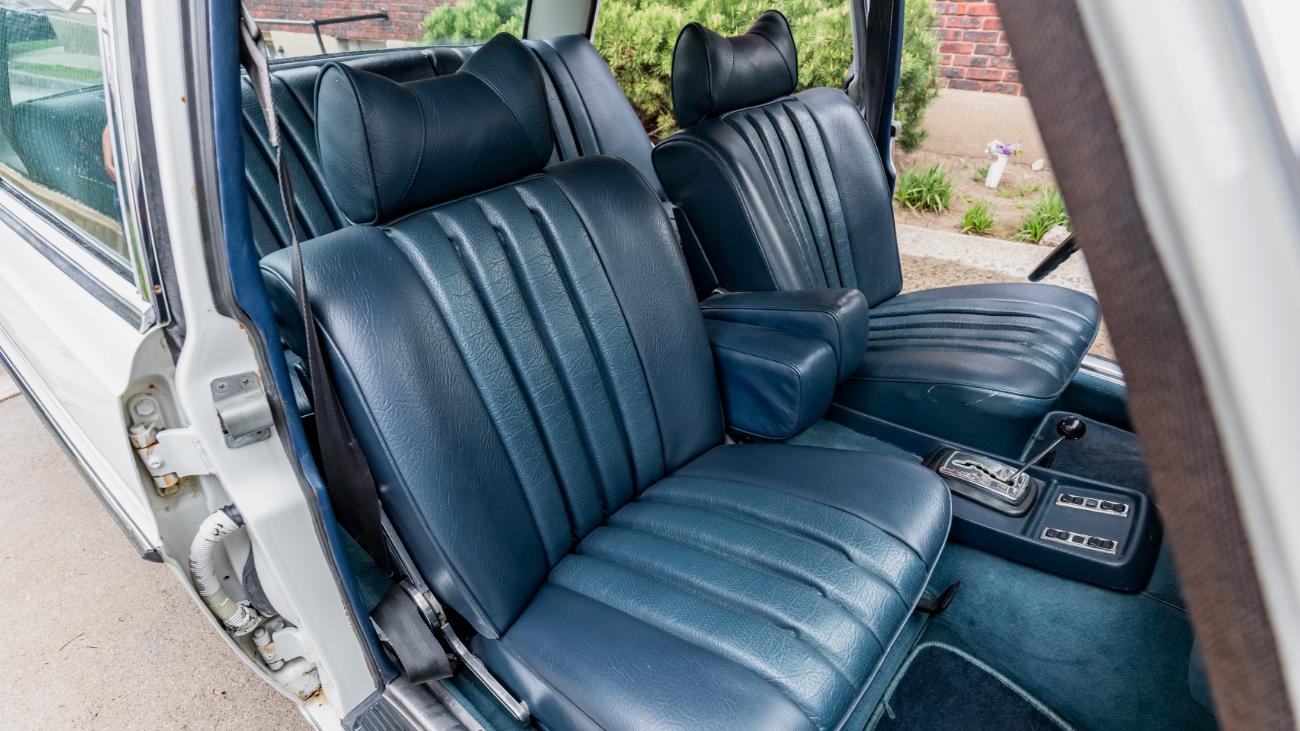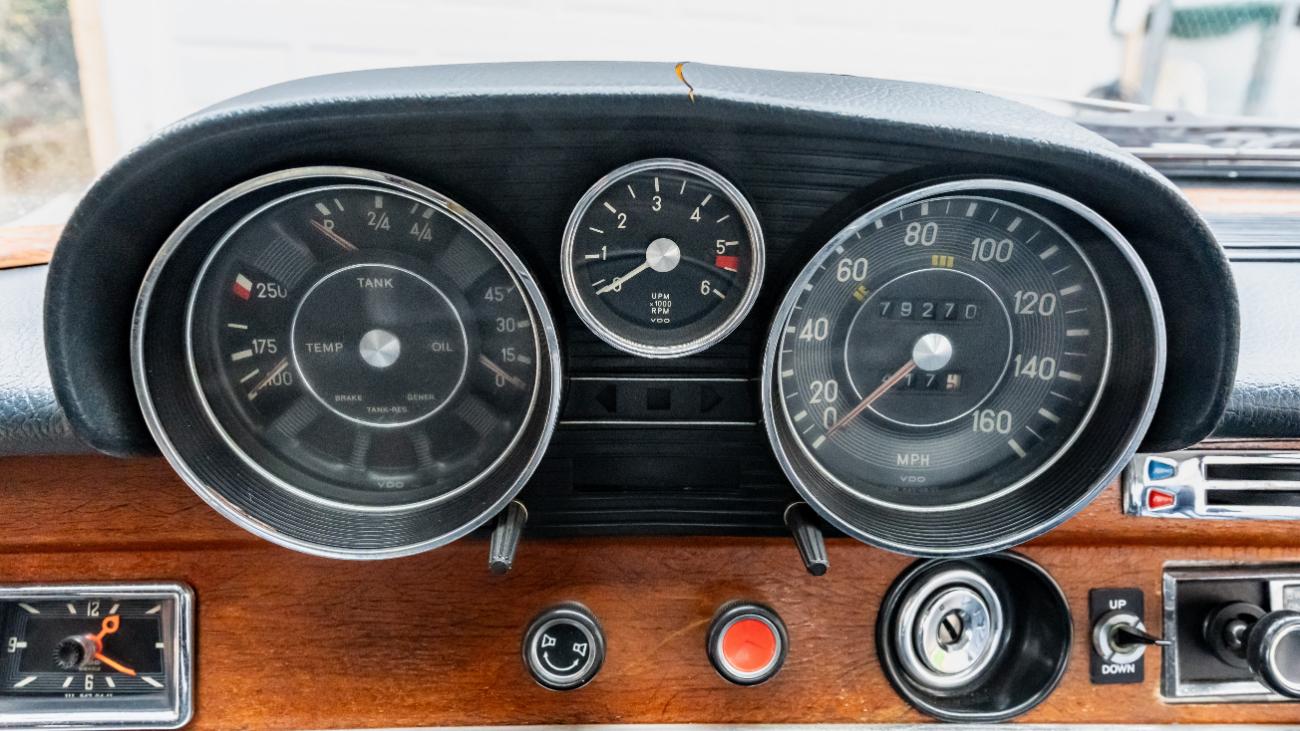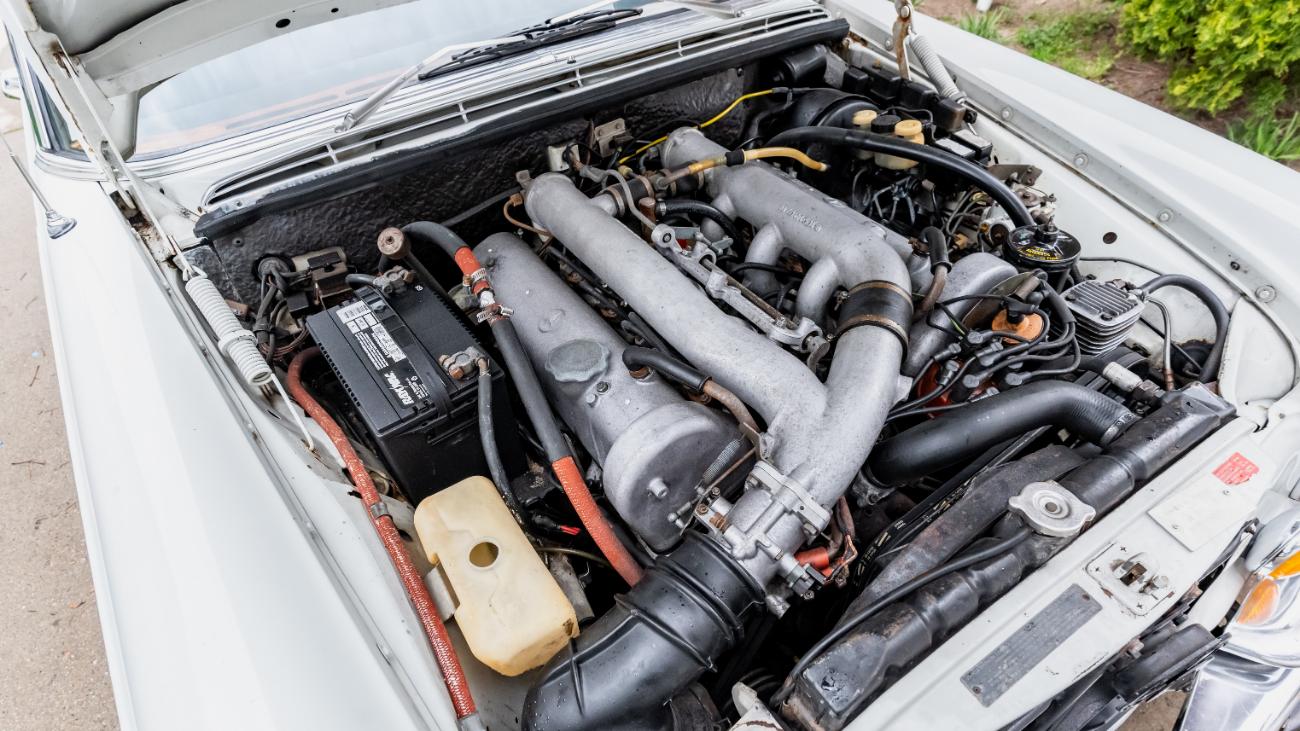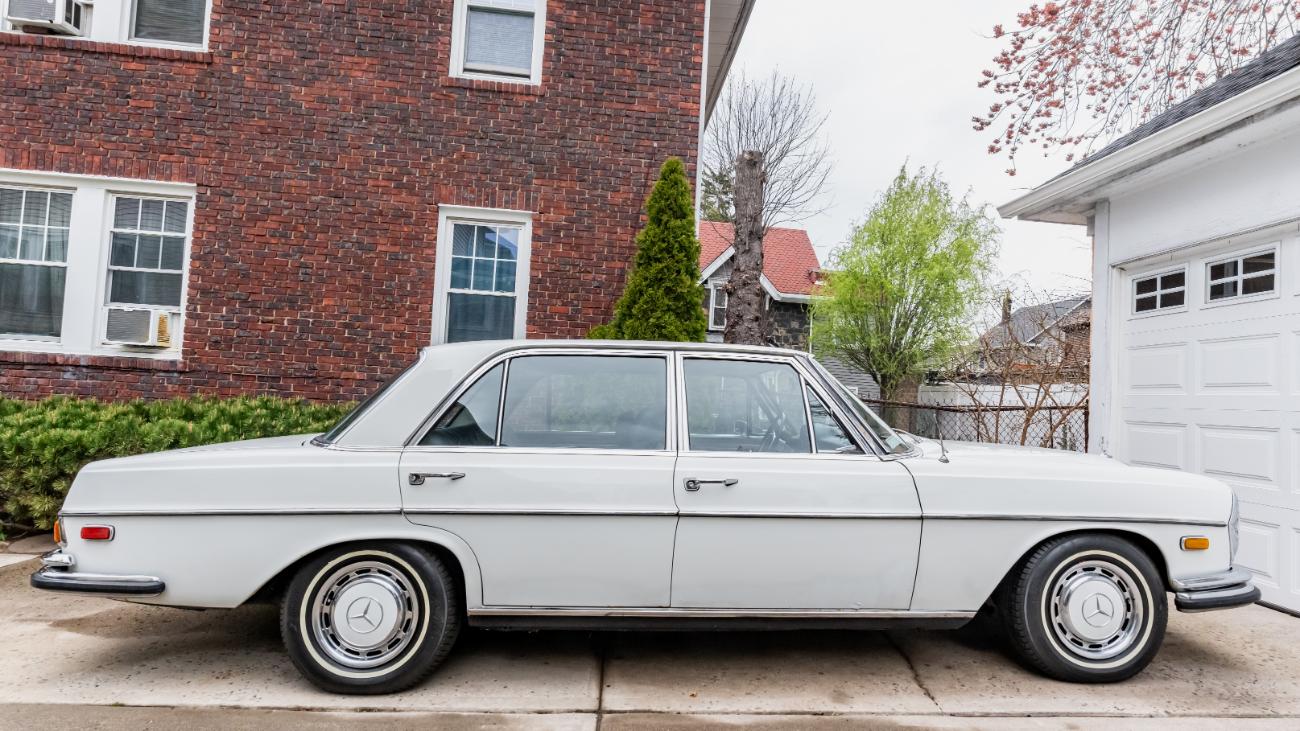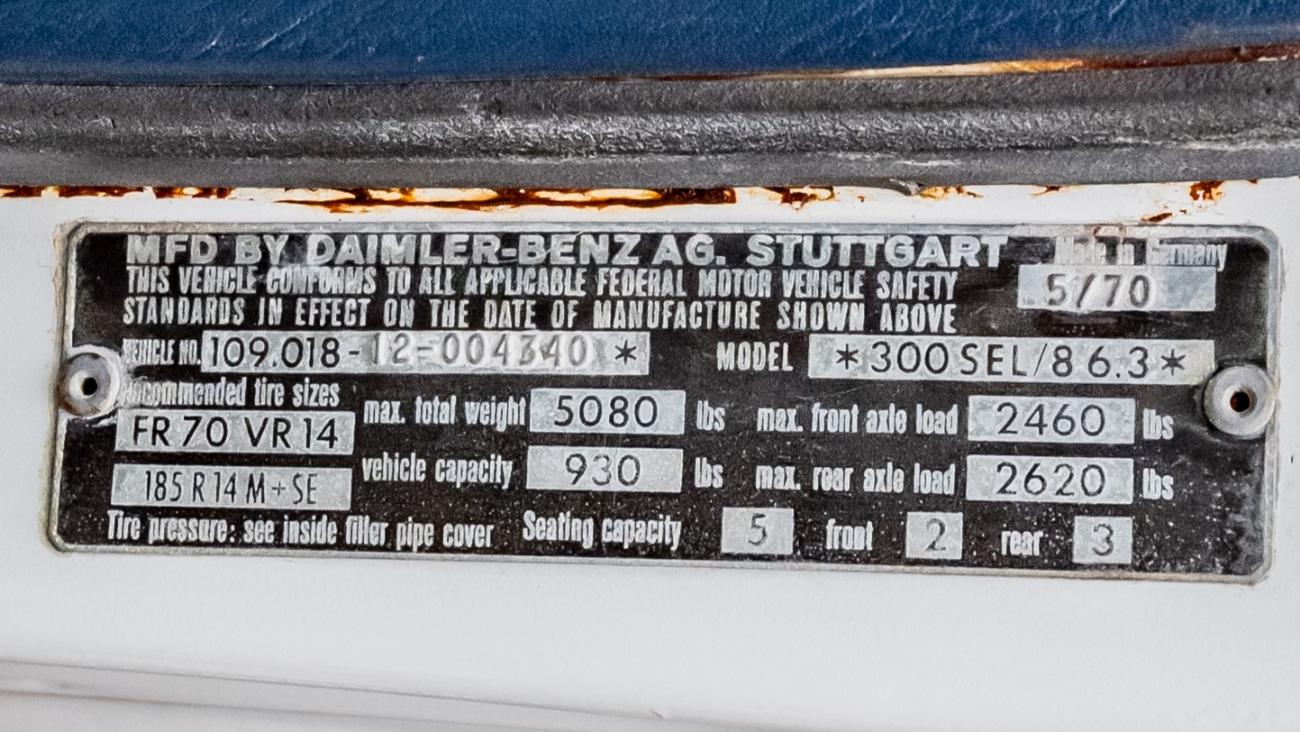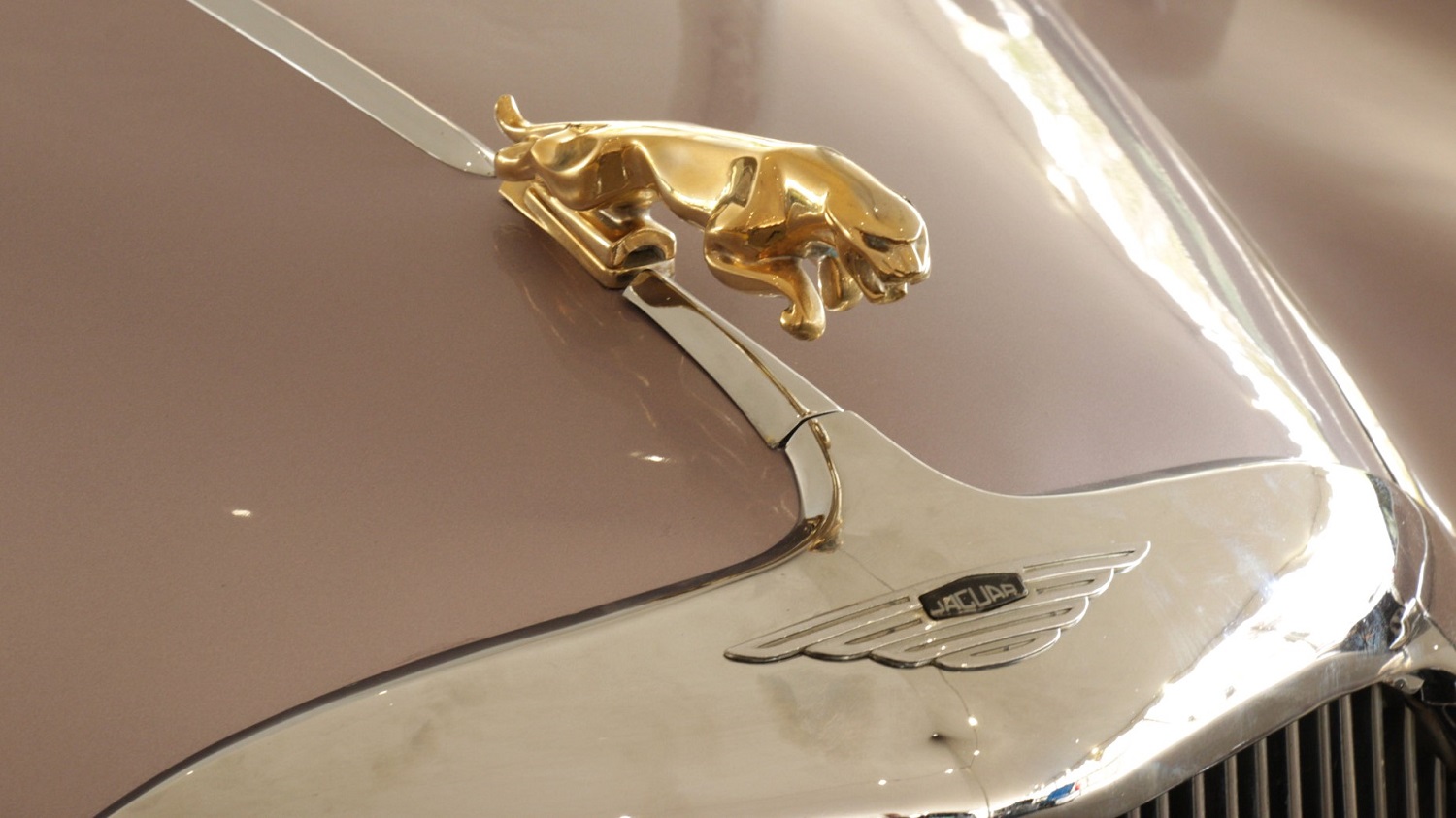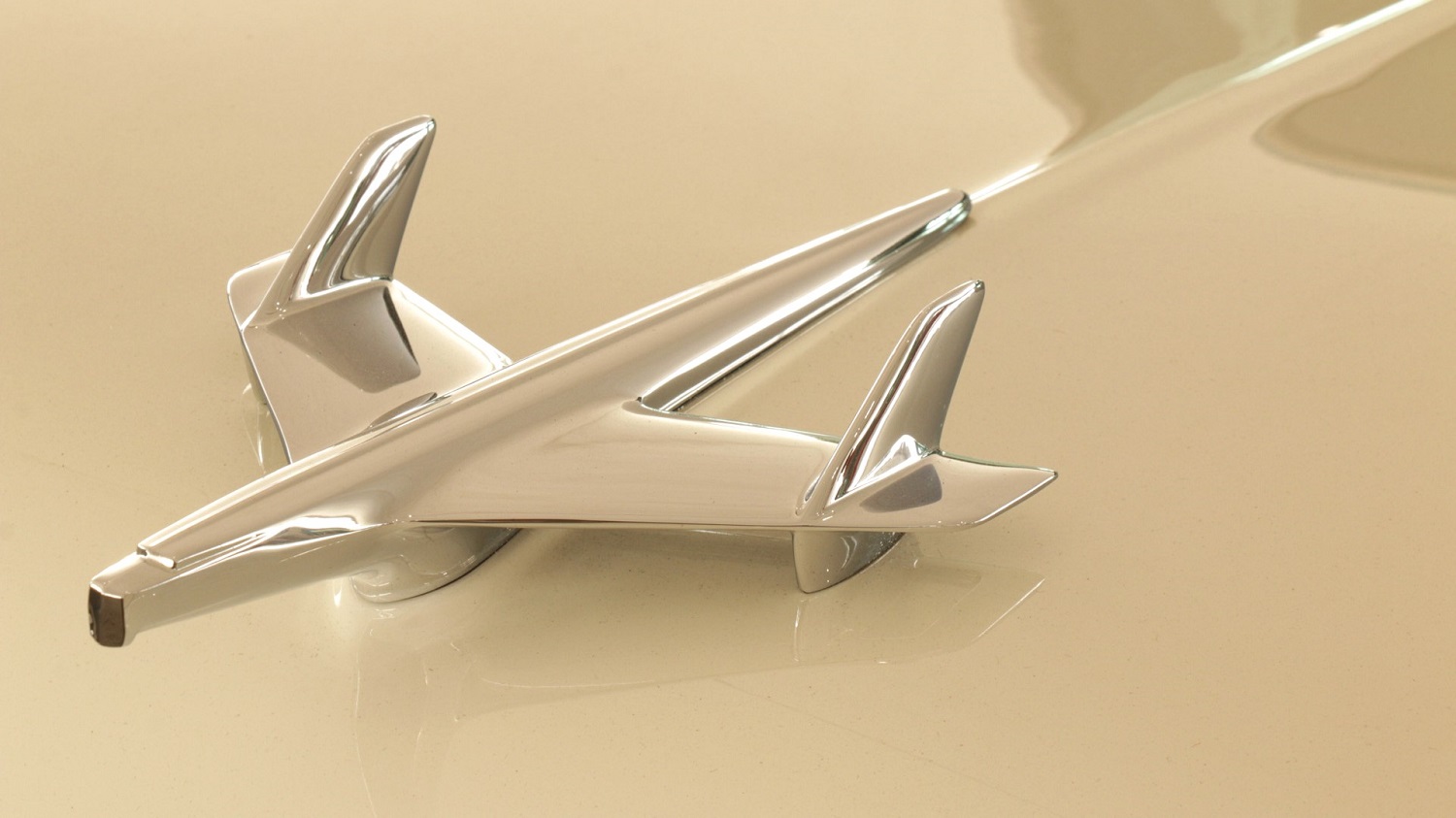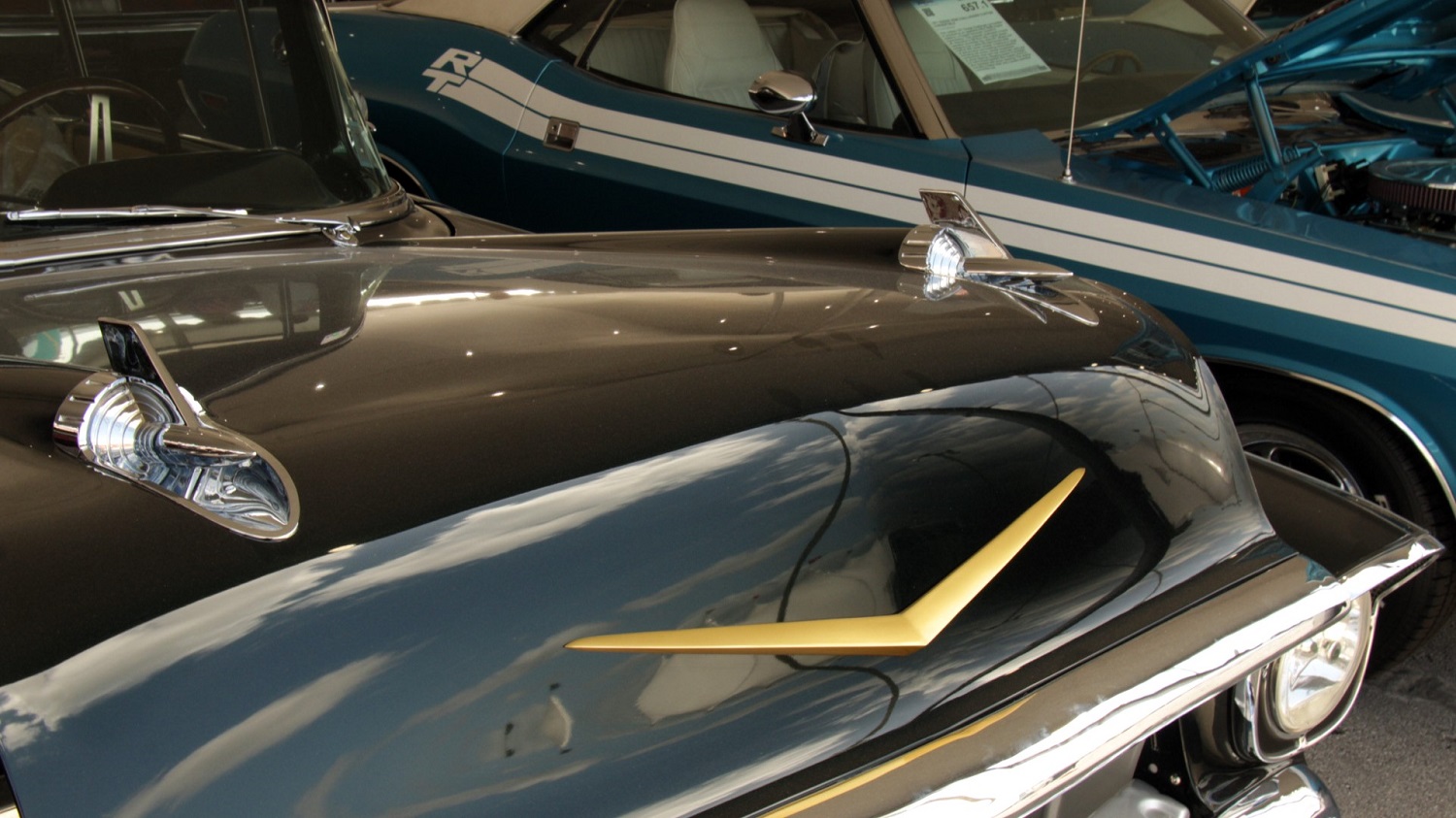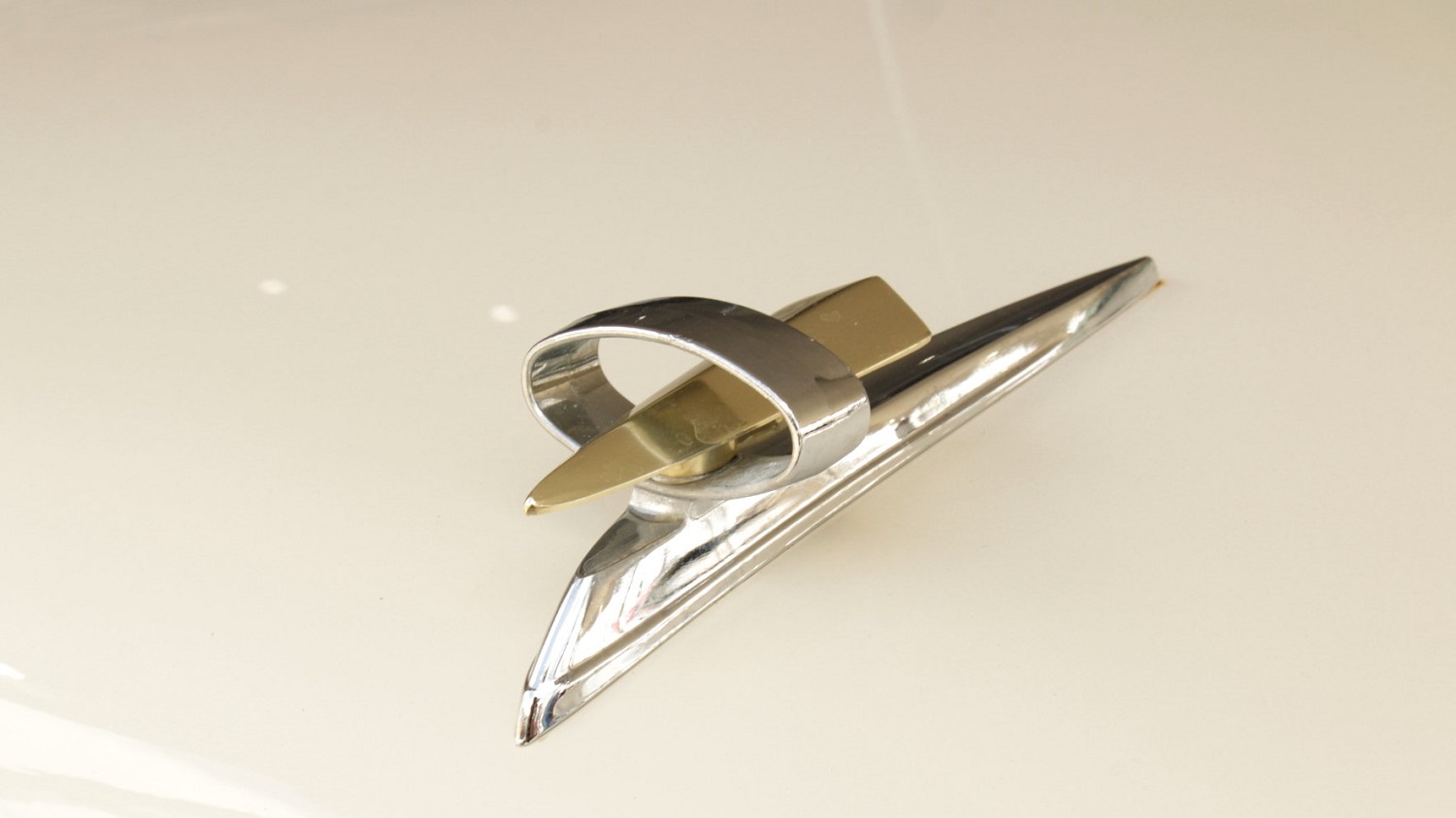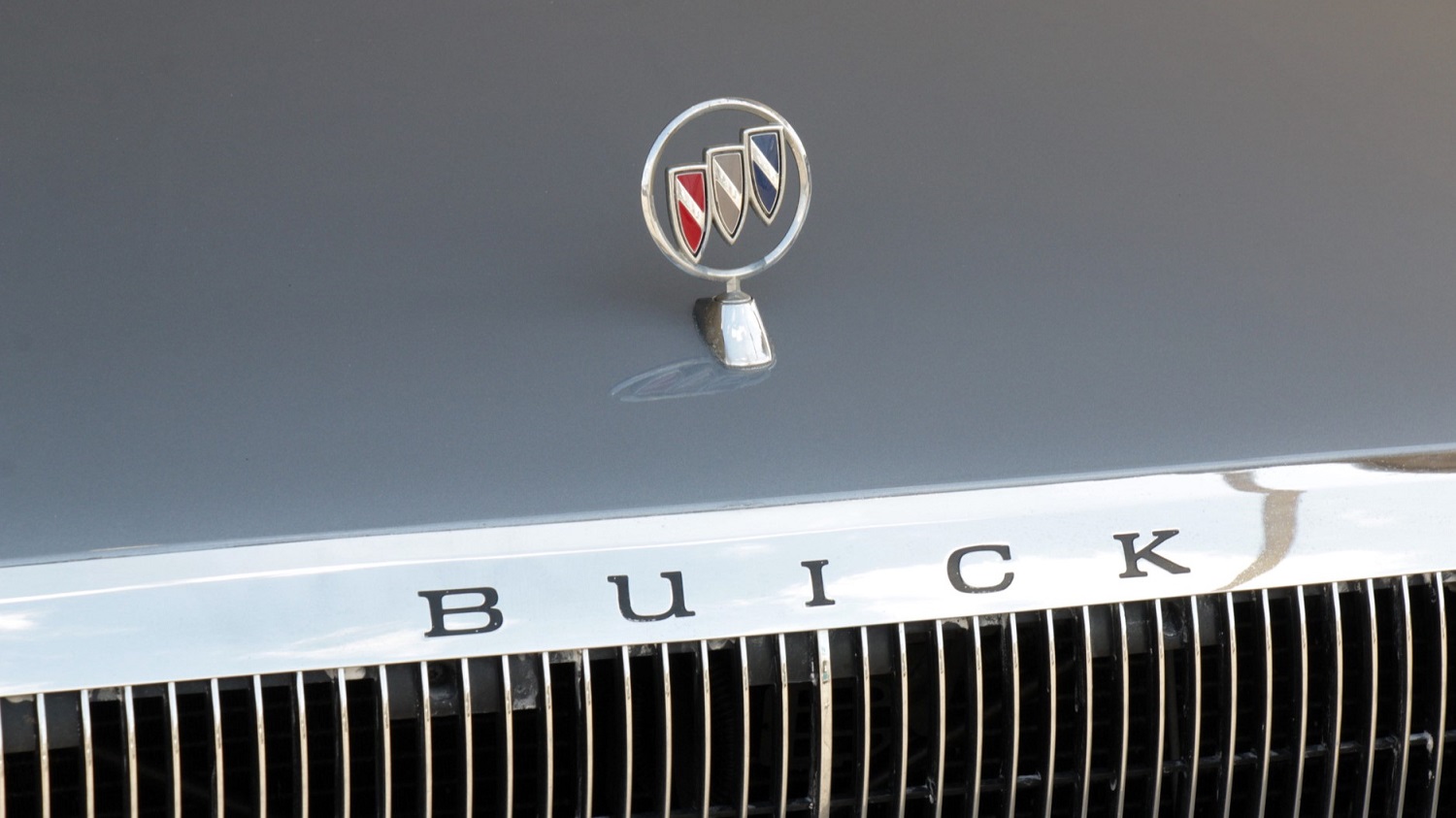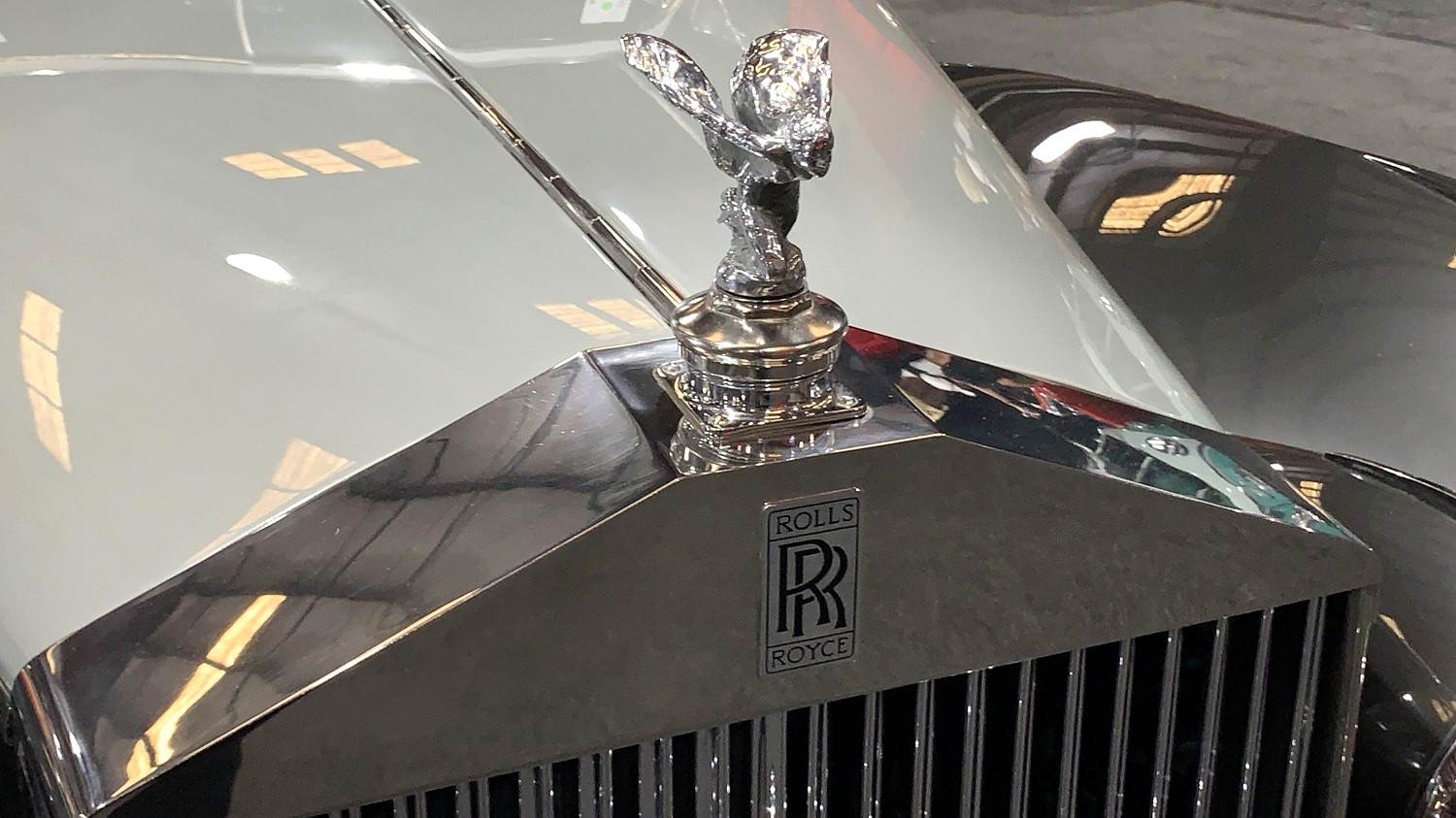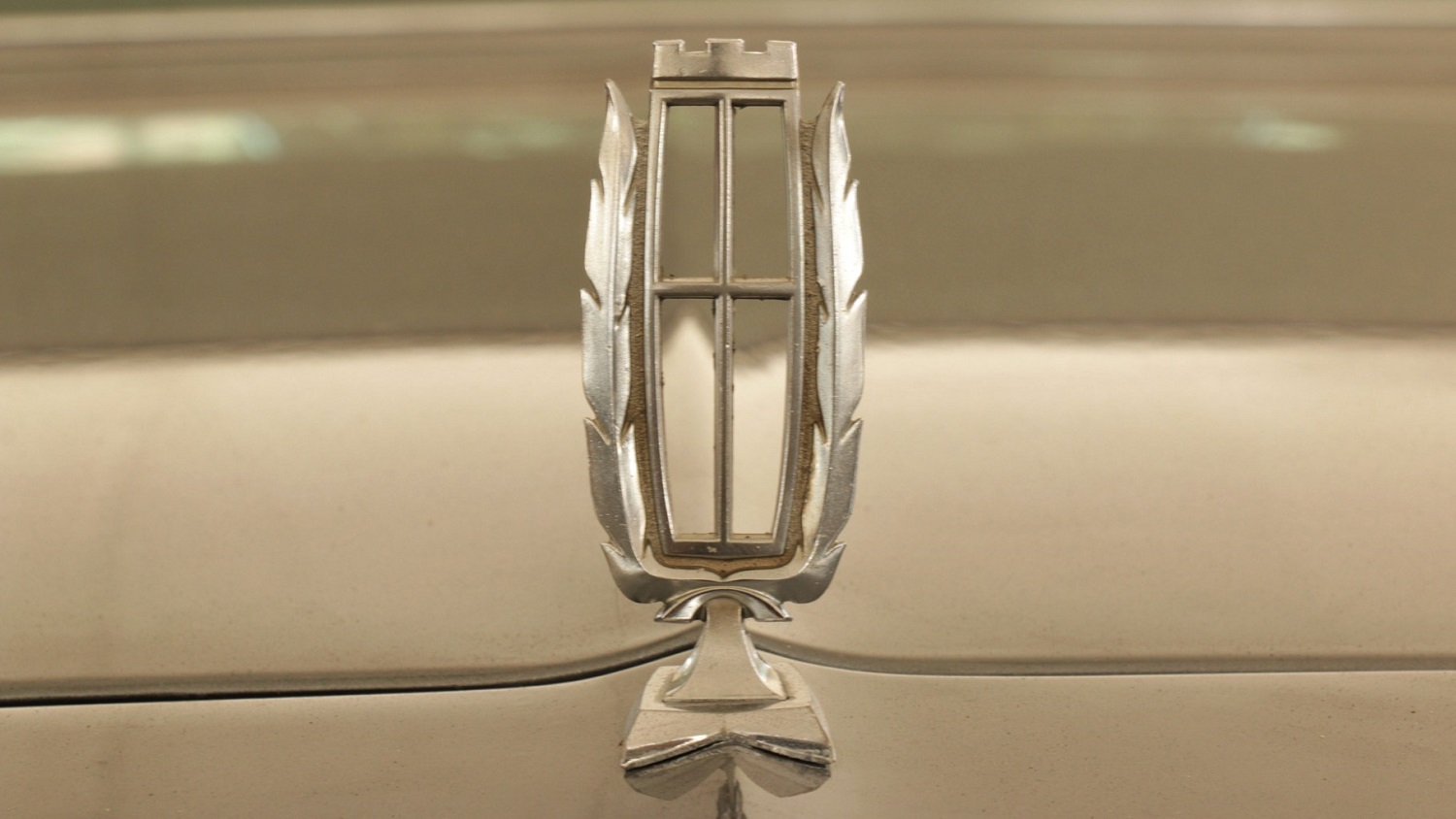Barrett-Jackson has once again generated enthusiasm of the collector car hobby with an incredible Palm Beach Auction held April 24-26, 2025, at the South Florida Fairgrounds. During this year’s ultimate automotive lifestyle event in Florida, Barrett-Jackson offered a 100% No Reserve docket of 613 collectible vehicles that realized more than $38 million in auction sales. Six vehicles sold for a total of $992,000 to benefit charity, bringing the total amount Barrett-Jackson has helped raise for important causes since its 1971 founding to more than $163 million. Additionally, Barrett-Jackson sold 283 pieces of authentic automobilia for more than $874,000, bringing the auction’s total sales to over $40 million with a 100% sell-through rate.
“This year’s Palm Beach Auction was an incredible event and illustrated that the momentum we created in Scottsdale is only growing,” said Craig Jackson, chairman and CEO of Barrett-Jackson. “We kicked off our event in Palm Beach with a high-energy Opening Night Party. Throughout the weekend we celebrated incredible moments and hosted celebrities from across the sports, entertainment and business communities. Just as important, we rallied the collector car community to raise $992,000 for a variety of charitable organizations.”
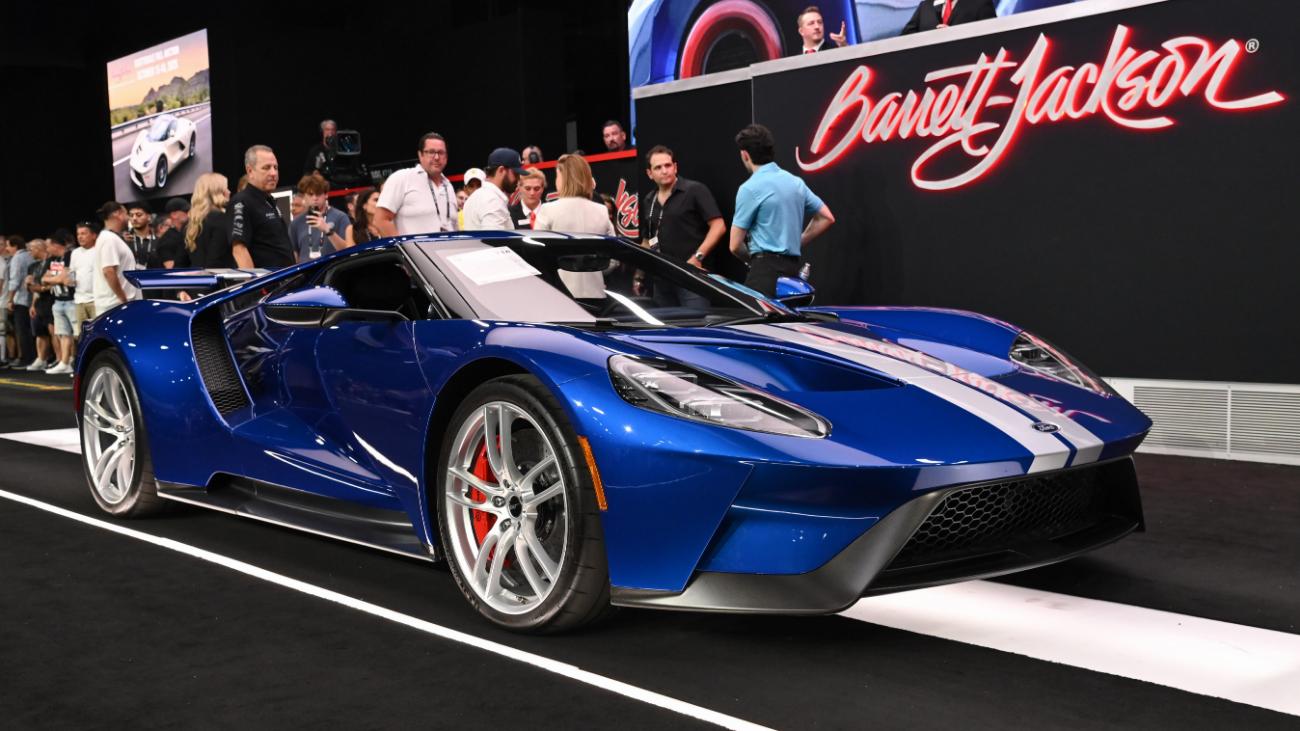
The top vehicles, all selling with No Reserve, during the 2025 Palm Beach Auction include:
- 2018 Ford GT (Lot #718) – $902,000
- 2014 Lamborghini Aventador LP700-4 Roadster (Lot #724) – $522,500
- 2022 Ferrari SF90 Stradale Assetto Fiorano (Lot #732) – $495,000
- 1995 Ferrari F512 M Topless Spider Conversion (Lot #725) – $440,000
- 2006 MTI 40 R/P “Miami Vice” Movie Boat “MOJO” (Lot #716) – $438,900
- 2023 Ferrari SF90 Stradale (Lot #743) – $429,000
- 2023 Ferrari 296 GTB (Lot #742) – $297,000
- 1950 Chevrolet 3100 Custom Pickup (Lot #715) – $291,500
- 2008 Lamborghini Murcielago LP640 Custom Coupe (Lot #748) – $282,700
- 1967 Ford Mustang Eleanor Tribute Edition (Lot #707) – $275,000
Celebrities attending this year’s Palm Beach Auction include Edsel Ford II, Frank Siller, David Hobbs, Paul Teutul Jr., Linda Vaughn, Fabio Iha and Jerome Bettis.
“What Barrett-Jackson brings to the collector car hobby is absolute magic,” said Steve Davis, president of Barrett-Jackson. “Our Palm Beach Auction celebrated the automotive lifestyle event and who we are as a community, as demonstrated by the generosity of several bidders who opened their hearts and wallets to render aid for programs that support our nation’s first responders, military heroes and youth. Of course, we also filled our docket with in-demand vehicles that both appeal to our seasoned collectors and also attract new generations to this amazing hobby.”
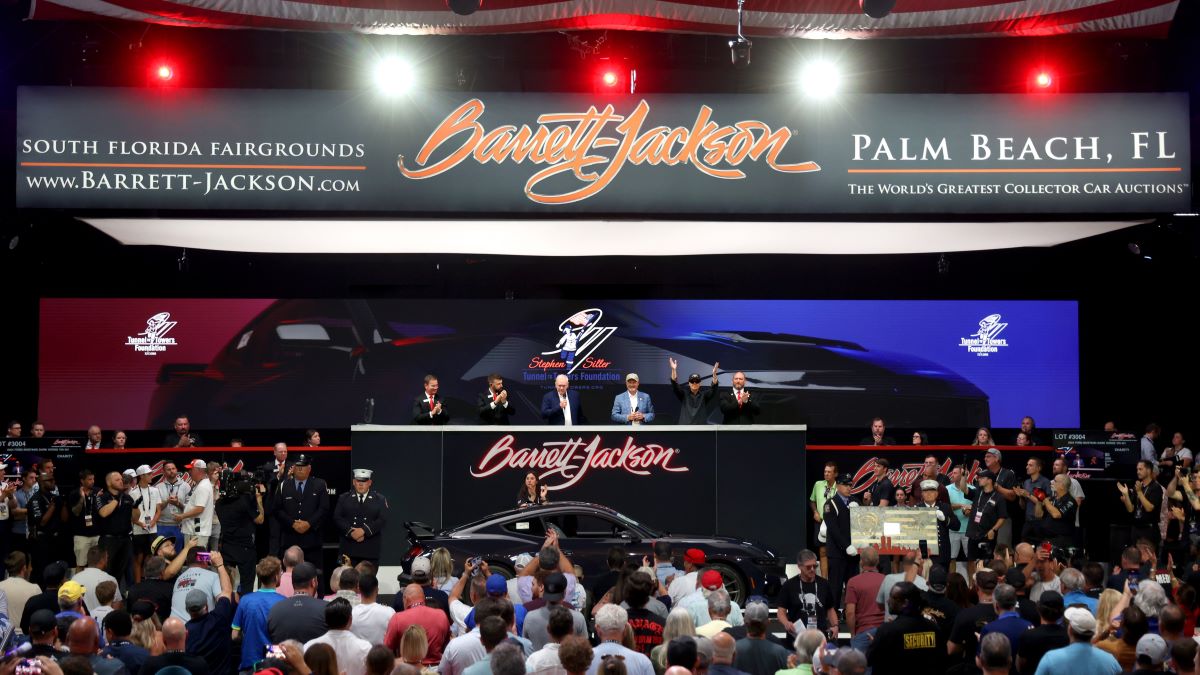
An inspiring $992,000 was raised for charity with the sale of six vehicles during this year’s Palm Beach Auction. The six charity vehicles in Palm Beach included:
- 2024 Ford Mustang Dark Horse VIN 001 (Lot #3004) – $325,000 from NASCAR team owner Rick Hendrick, plus an additional $100,000 donation from businessman and philanthropist Ron Pratte, for a total of $425,000 to benefit the Tunnel to Towers Foundation
- 2009 Chevrolet Corvette ZR1 (Lot #3003) – $110,000 to benefit Hannah’s Home of South Florida
- Jerome Bettis’ 2025 Chevrolet Corvette Z06 Convertible VIN 001 (Lot #3002) – $200,000 to benefit the Jerome Bettis Bus Stops Here Foundation
- 1965 Superformance MKIII Custom Roadster (Lot #3001.1) – $110,000 to benefit Breakthrough T1D (formerly known as JDRF)
- 2017 Ford F-250 Dwayne Wade Champions Edition Custom Pickup (Lot #3001) – $60,000 to benefit Social Change Fund United
- 1994 Dodge Viper RT/10 Convertible (Lot #3000) – $87,000 to benefit the Florida Highway Patrol Advisory Council
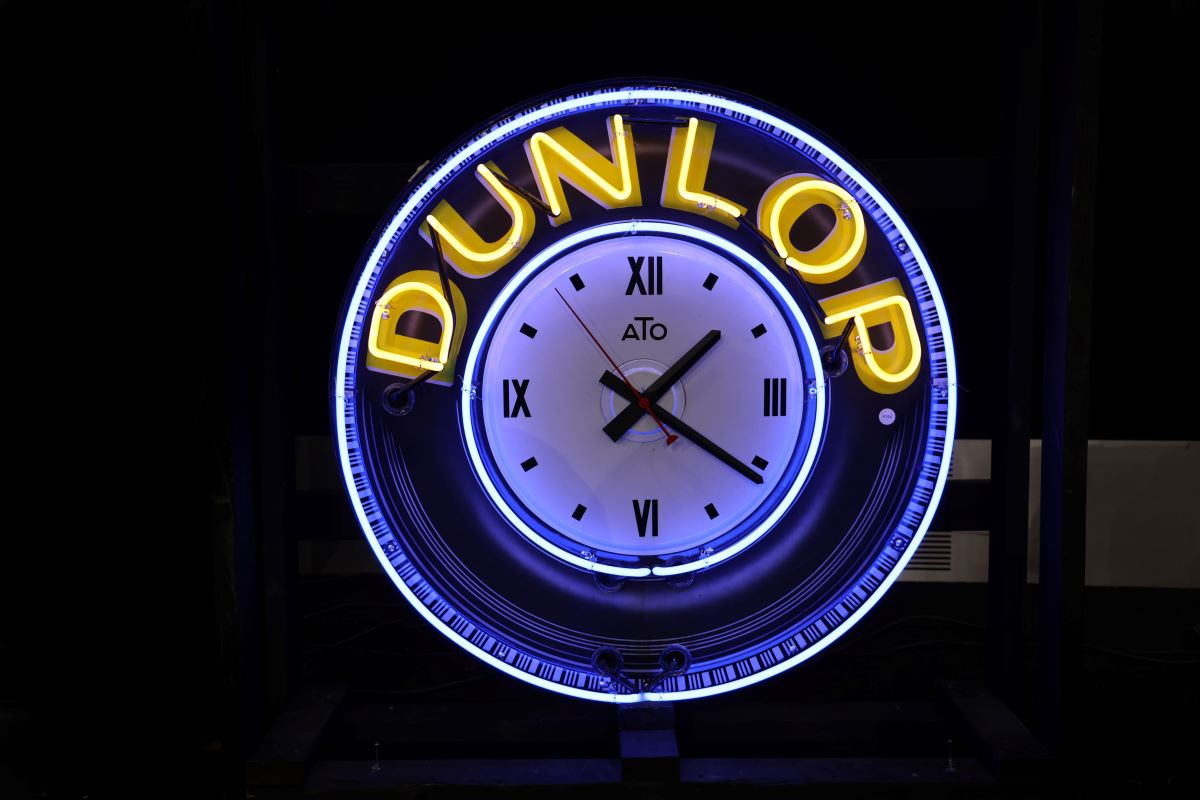
This Automobilia Auction included 283 authentic items that all sold with No Reserve. The top Automobilia pieces sold during the 2025 Palm Beach Auction include:
- 1940s Dunlop Tires Neon Porcelain Clock/Sign (Lot #8194) – $79,350
- 1950s Chevron Oil Dealer Porcelain Sign with Animated Neon (Lot #7198) – $34,500
- Late 1950s-Early ’60s Walt Disney/Disneyland Donald Duck Kiddie Ride (Lot #8164) – $23,000
- 1950s Standard Oil Porcelain with Neon Sign (Lot #7196) – $23,000
- Mid-1950s Texaco Oil Fuel Island with Two Wayne 80 Gas Pumps (Lot #8176) – $21,850
“We’re keeping the good times rolling this October 15-18 during our Scottsdale Fall Auction at WestWorld of Scottsdale,” said Jackson. “We have incredible events and activities planned that share the passion we all have for this amazing hobby. It’s the perfect way to celebrate 2025, and we can’t wait to host our collector car family in our beautiful hometown of Scottsdale.”
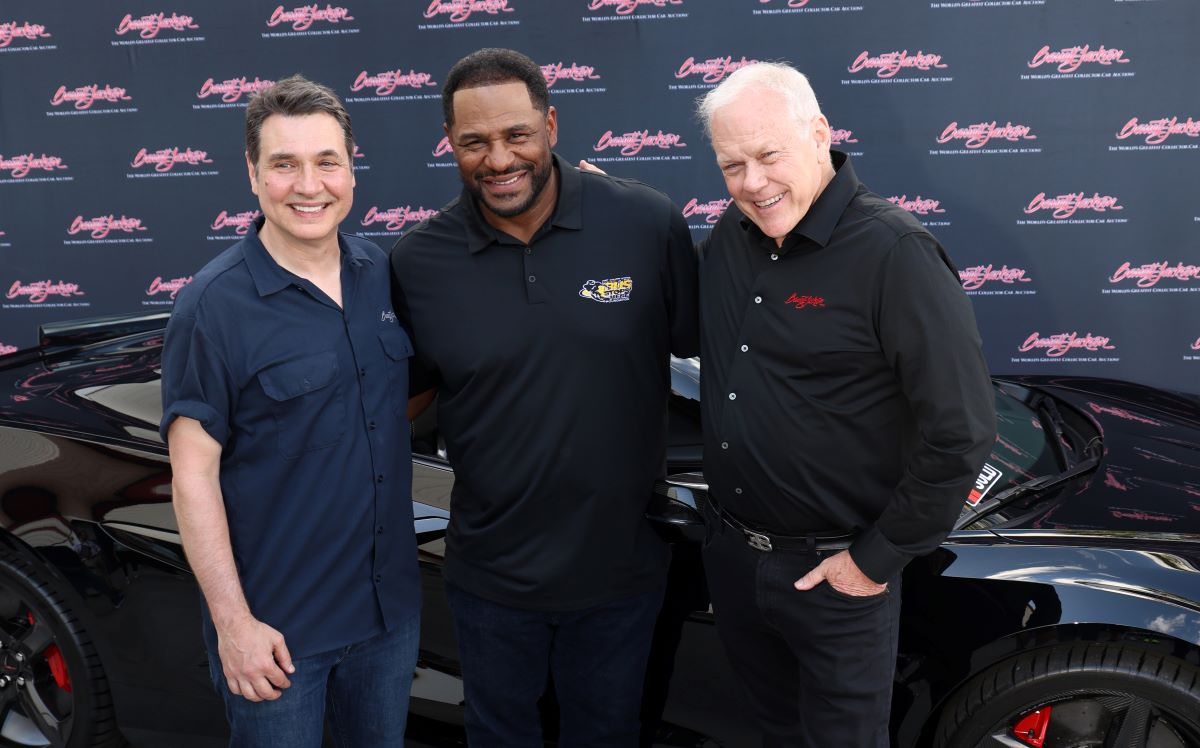
Take advantage of advance ticket pricing and Barrett-Jackson Experiences for the Barrett-Jackson 2025 Scottsdale Fall Auction, October 15-18 at WestWorld of Scottsdale. Join in the action by consigning vehicles with confidence using our online application. Bidder registration is open, with two packages to choose from and upgrades for Muscle Lounge access.
Join Barrett-Jackson’s online conversation with #BarrettJackson and #BJAC on Facebook, X, Instagram and YouTube.
